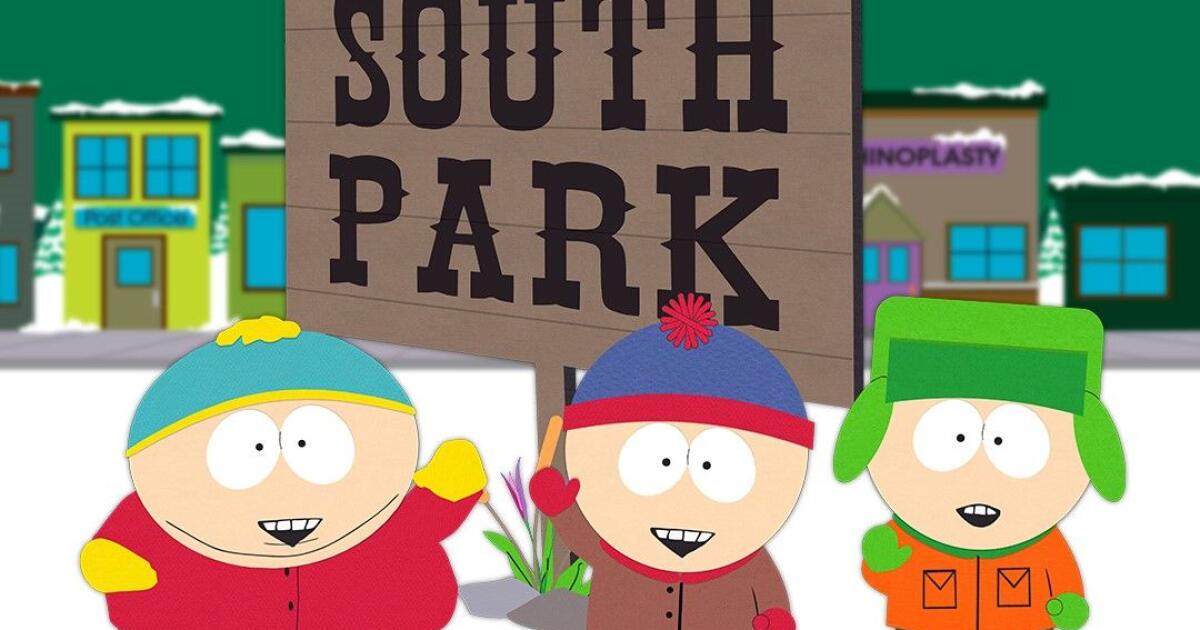Review: Gustavo Dudamel is briefly, joyously back at the Bowl with the L.A. Phil


Tuesday night, Gustavo Dudamel was back at the Hollywood Bowl. This summer is the 20th anniversary of his U.S. debut — at 24 years old — conducting the Los Angeles Philharmonic, and becoming irrepressibly besotted with the amphitheater.
He walked on stage, now the proud paterfamilias with greying hair and a broad welcoming smile on his face as he surveyed the nearly full house. The weather was fine. The orchestra, as so very few orchestras ever do, looked happy.
For Dudamel, his single homecoming week this Bowl season began Monday evening conducting his beloved Youth Orchestra Los Angeles as part of the annual YOLA National Festival, which brings kids from around the country to the Beckmen YOLA Center in Inglewood. But it is also a bittersweet week. Travel issues (no one will say exactly what, but we can easily guess) have meant the cancellation of his Simón Bolívar Symphony Orchestra of Venezuela‘s trip to the Bowl next week. Dudamel will also be forced to remain behind with them in Caracas.
After 20 years, Dudamel clearly knows what works at the Bowl, but he also likes to push the envelope as with Tuesday’s savvy blend of Duke Ellington and jazzy Ravel. The soloist was Korean pianist Seong-Jin Cho, whose recent recording of Ravel’s complete solo piano works along with his two concertos, has been one of the most popular releases celebrating the Ravel year (March 7 was the 150th anniversary of the French composer’s birth).
Ellington and Ravel were certainly aware of each other. When Ravel visited New York in 1928, he heard the 29-year-old Ellington’s band at the Cotton Club, although his attention on the trip was more drawn to Gershwin. Ellington knew and admired Ravel, and Billy Strayhorn, who was responsible for much of Ellington’s music, was strongly drawn to Ravel’s harmony and use of instrumental color.
On his return to Paris, Ravel wrote his two piano concertos, the first for the left hand alone, and jazz influences were strong. Cho played both concertos, which were framed by the symphonic tone poems “Harlem” and “Black, Brown and Beige, which Ellington called tone parallels.
There has been no shortage of Ravel concerto performance of late — or ever — but Ellington is another matter. Although the pianist, composer and band leader was very much on the radar of the classical world — “Harlem” was originally intended for Arturo Toscanini and the NBC Symphony; Leopold Stokowski attended the Carnegie Hall premiere of “Black, Brown and Beige,” as did Eleanor Roosevelt, Marian Anderson and Frank Sinatra — Ellington never played the crossover game. The NBC “Harlem” never panned out and became a big-band score. Ever practical, Ellington, who composed mostly in wee hours after gigs, always wrote for the occasion and the players. He tended to leave orchestration to others, more concerned with highlighting the fabulous improvising soloists in his band.
The scores, moreover, were gatherings, developments and riffs on various existing songs. “Harlem” is an acoustical enrapturement of the legendary Harlem Renaissance and one of the great symphonic portraits of a place in the repertory. “Black, Brown and Beige” is an ambitious acoustical unfolding of the American Black narrative, from African work songs to spiritual exaltation with “Come Sunday” (sung by Mahalia Jackson at the premiere) to aspects of Black life, in war and peace, up to the Harlem Renaissance.
Both works are best known today, if nonetheless seldom heard, in the conventional but effective orchestrations by Maurice Peress and are what Dudamel relies on. The version of “Black, Brown and Beige” reduces it from 45 to 18 too-short minutes.
The primary reason for these scores’ neglect is that orchestras can’t swing. The exception is the L.A. Phil. With Dudamel’s surprising success of taking the L.A. Phil to Coachella, there now seems nothing it can’t do.
The time has come to commission more experimental and more timely arrangements. But even these Peress arrangements, blasted through the Bowl‘s sound system and with the orchestra bolstered by a jazz saxophone section, jazz drummer and other jazz-inclined players, caught the essence of one of America’s greatest composers.
Ravel fared less well. The left-hand concerto has dark mysteries hard to transmit over so many acres and video close-ups of two-armed pianists trying to keep the right hand out of the way can be disconcerting. This summer, in fact, unmusical jumpy video is at all times disconcerting.
Ravel’s jazzier, sunnier G-Major concerto is a winner everywhere. But for all Cho’s acclaim in Ravel, he played with sturdy authority. Four years ago, joining Dudamel at an L.A. Phil gala in Walt Disney Concert Hall, Cho brought refined freshness to Tchaikovsky First Piano Concerto. In Ravel at the Bowl, amplification strongly accentuated his polished technique, gleaming tone and meticulous rhythms, leaving it up to Dudamel and a joyous, eager orchestra to exult in the Ravel that Ellington helped make swing.




